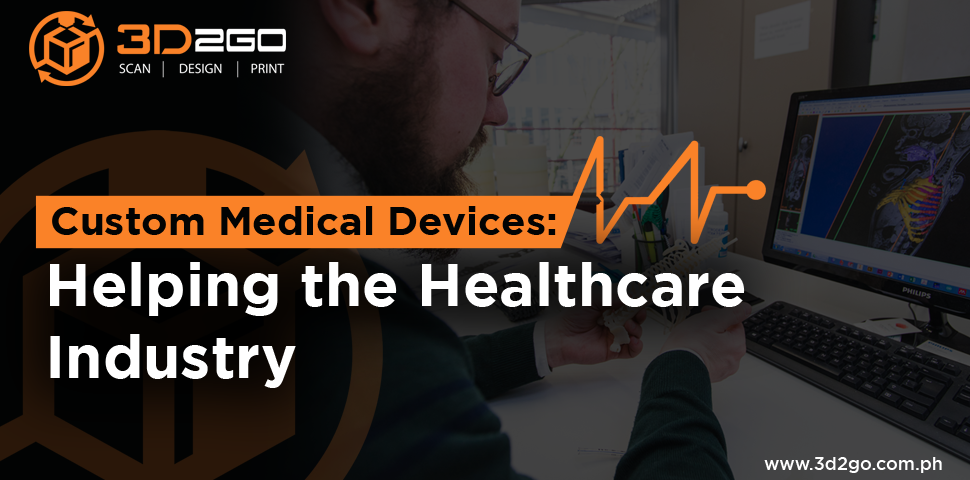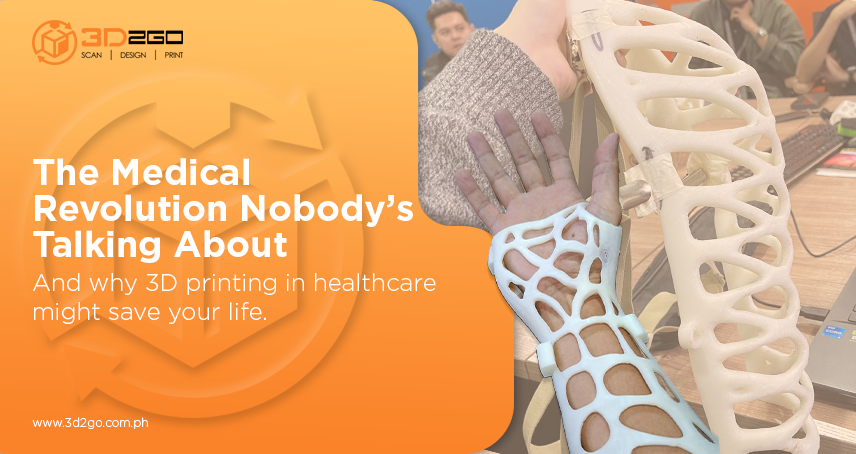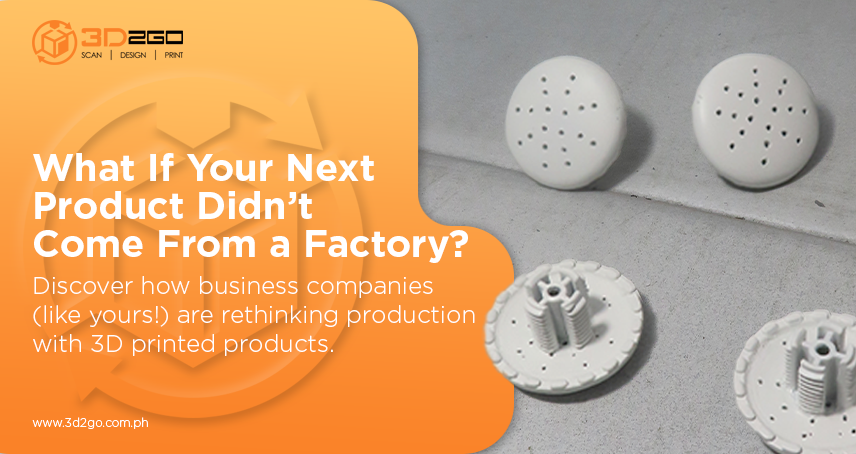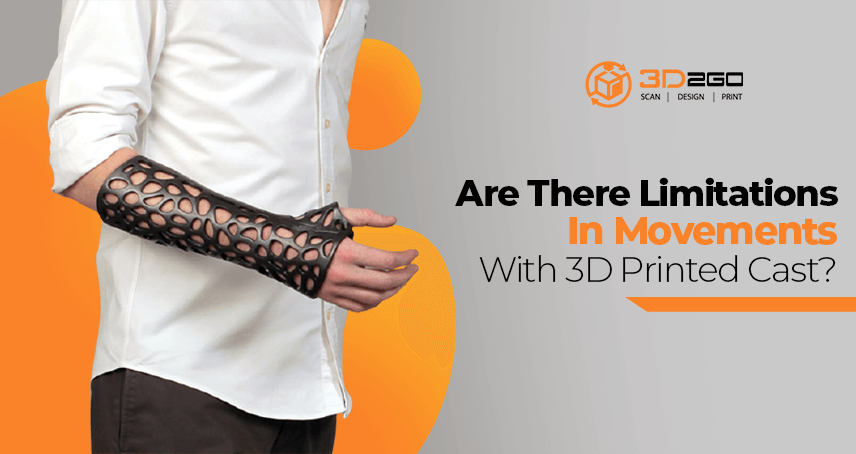
Top 10 3D Architecture Rendering Online Courses
July 19, 2022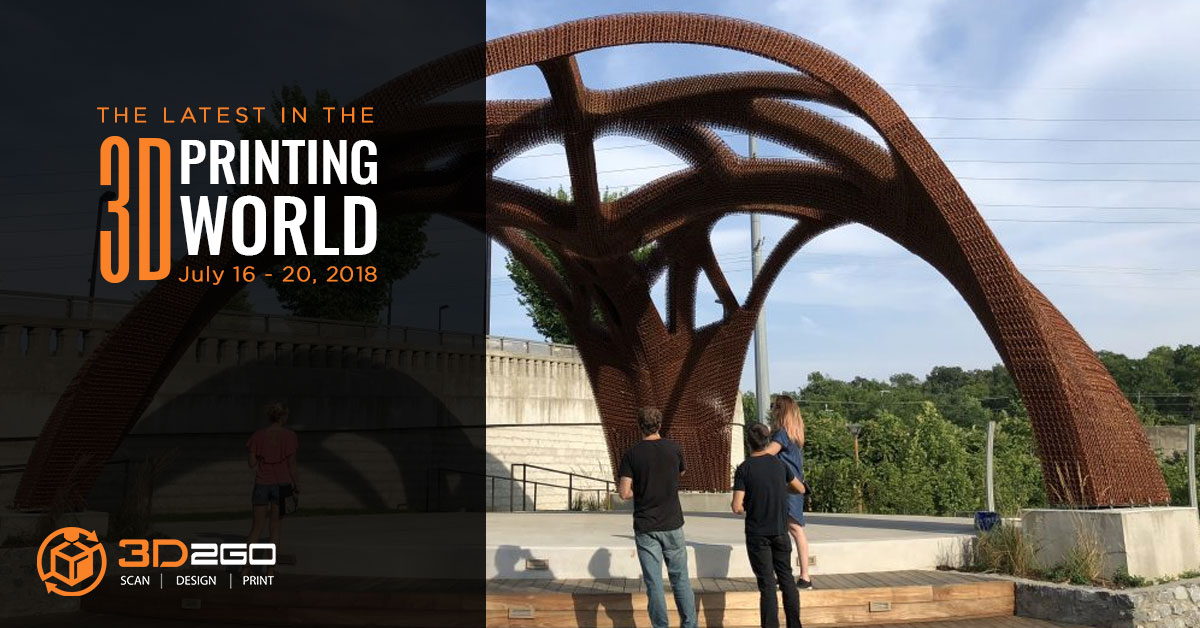
INDUSTRY NEWS: 3D Printed Lattice Structures As Implants, Autonomous Revolving Robots, The World’s Largest 3D-Printed Structure, And More
July 20, 2022Let’s be real: A few years back, custom medical devices created through 3D printing, who knew?
The use of 3D printing for the healthcare industry is increasingly becoming necessary because of its many advantages. It includes the making of personalized equipment, custom-fit for a particular patient as well as shorter turnaround time. How do these benefits help? Read further to know more about custom medical devices.
What are Custom Medical Devices?
These are devices made under the guidance and written prescription by a medical professional. It includes the specific design, characteristics, and the intention of the medical device.
The prescription may also be issued by a non-medical professional as long as the person has authorization or has professional qualifications to do so, except for implantable medical devices as it requires medical specialists only.
Custom-made medical devices have the intention for the sole use of a specific patient. It does not include those that can go on mass production. It includes contact lenses, stock footwear, and many more.
What are the Medical Devices that Can be Custom-Made?
To give you a clearer understanding, here are some examples. Included in the table is the professional who can make the prescription of a given device:
| Device | Prescriber |
| Dental Appliances | Dentist |
| Artificial Eyes / Cosmetic Shells | Ocularist / Orbital Prosthetist |
| Maxillofacial Prosthesis | Medical Consultant / Prosthetist |
| Hearing Aid Inserts / Moulds | Medical Consultant / Audiology Technician / Hearing Aid Dispenser |
| Orthopedic Footwear | Orthotist / Shoe Fitter |
| Joint Replacement Implants | Orthopedic Surgeon |
| Prosthetics and Orthotics | Rehabilitation Consultant / Orthopedic Consultant |
*Note: The table above serves only as a guide and not to consider as a thorough and complete list of custom medical devices.
Advantages of 3D Printing Custom Medical Devices
For many years, 3D printing has been beneficial to the healthcare industry. The process uses a digital model to create physical medical devices out of plastic materials.
It can contribute a lot to the healthcare industry, especially for medical device manufacturers. Some of its pros include the following:
- Creates Personalized and Cost-Efficient Medical Devices
With the help of 3D printing, manufacturers can easily custom-made a medical device. It allows the fabrication of more cost-efficient devices that are patient-specific.
Since it is tailor-made, it tends to be more effective compared to those that are mass-produced. Surgeons at Yale Medicine found out that there are cases where customized devices such as prosthetics and implants can speed up recovery and reduce the pain level for patients. How? Simply because it fits them perfectly. There’s no need for the patient to adjust.
- Speeds Up the Manufacturing of Medical Devices
Producing medical devices through 3D printing is faster than traditional techniques. Its quick turnaround time makes it possible to meet patients’ demands.
Since it could reduce the waiting time, it lowers the chances of patients getting complications. It is especially helpful if the medical device with the specific requirements for an individual patient is unavailable.
- Rapid Prototyping of Medical Devices
Rapid prototyping done through 3D printing is generally ideal nowadays compared to the traditional technique. Take a look at the table below to see the difference.
| Properties | Rapid Prototyping through 3D Printing | Traditional
Rapid Prototyping |
| Turnaround Time | May take a few days only | May take weeks to create |
| Efficiency | More efficient as it is patient-specific and since the turnaround time is faster, you can avoid complications and other negative cases that may occur | Efficient as it can cater the specific materials required for a particular custom medical device |
| Materials | Limited options as 3D printing typically use plastic materials only | Wider options as you can use and mix various materials such as plastic, fabric, metals, etc. |
| Waste Reduction | Less wasteful as it can be recycled | Some materials end up on the factory floor |
Additionally, manufacturers, most of the time, can only determine if the design and the overall device itself are well-created and ready for human use through undergoing a series of tests.
How Do Custom Medical Devices Improve Productivity?
3D printing is revolutionizing the supply chain of medical devices. Healthcare giants are taking advantage of this technology to produce custom medical equipment for a specific patient locally. It is helpful as every living being has unique physical features.
With this innovation, you can now transform the 2D medical images into 3D files and objects as well. Some of which are x-rays, CT scans, MRI, and many more.
- Providing Significant Value
The healthcare industry has seen the importance of 3D printing technology, which made them adopt the innovation to revolutionize the way they do their role in life science.
According to 2019 statistics of the most consumed medical devices, 43% of the global major consumers use corrective lenses, 19% are hearing aid users, and 13% are with dental implants.
Custom medical devices deliver a significant impact on both the patient and the medical professional. When they use it, the procedure requires a shorter time and is more likely to become successful. It is also more cost-efficient and enhances productivity as it increases the possibility of the patient getting better results.
- Leveraging the Medical Technology
As of 2019, nearly 100% of medical equipment in the Philippines is imported.
Through 3D printing, the making of local complex-detailed custom medical products without the need for large investments and long lead time can be possible.
Prominent medical device and pharmaceutical manufacturers are leading the way in integrating 3D printing technology in the healthcare industry. They are striving to be at the forefront in adopting this promising innovation as they see its potential on how it can bring the industry to greater heights.
- Holds Great Potential
Yes, it has great potential in scientific breakthroughs when utilized accordingly. But, like any other thing, it also possesses challenges that you need to overcome once you start integrating it into your processes.
The process includes testing and certification of the custom 3D printed medical devices to prove its quality. It is one of the most valuable procedures to avoid the patient getting bad results because of sub-par products. Medical professionals must focus on ensuring the health and safety of patients. They should always be on the better side. One mistake or negligence can create a significant impact not only on the patient but on their career as well.
Manufacturers must invest in knowledge and thorough research to improve access to patient-specific medical devices. There are still many things to consider and efforts to exert to meet the demands.
In Conclusion
The 3D printing industry shows no signs of slowing down. It is now undeniably an integral part of the healthcare industry, specifically in the manufacturing of cost-efficient custom medical devices that could deliver better results.
Want to know more about 3D printed custom medical devices? Contact us today.


